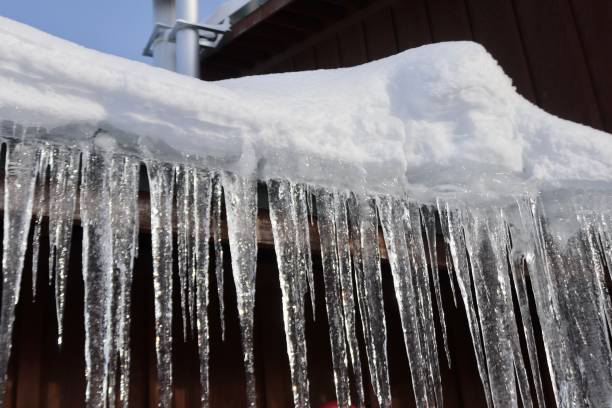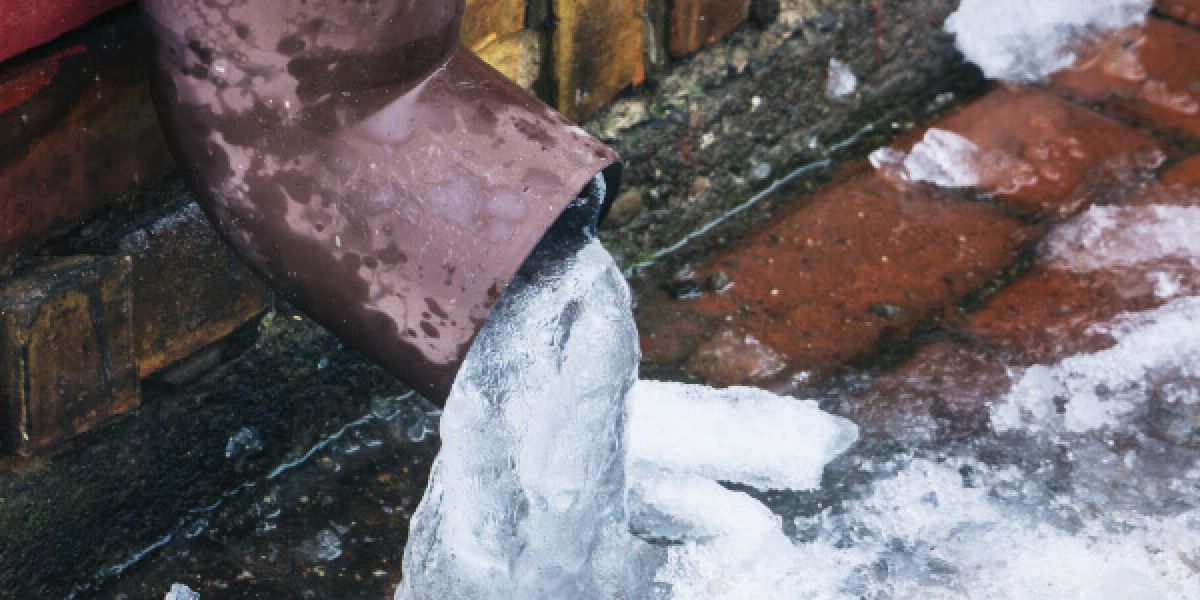Advice for Preventing Frozen Plumbing in Cold Weather: Professional Tips
Advice for Preventing Frozen Plumbing in Cold Weather: Professional Tips
Blog Article
We've encountered this article pertaining to Prevent Frozen Pipes listed below on the internet and felt it made sense to talk about it with you over here.

Winter can damage your pipes, especially by freezing pipes. Below's how to stop it from happening and what to do if it does.
Introduction
As temperatures decline, the risk of frozen pipes boosts, potentially leading to costly fixings and water damage. Understanding exactly how to stop frozen pipelines is critical for home owners in cold climates.
Recognizing Frozen Pipelines
What creates pipelines to freeze?
Pipelines ice up when revealed to temperature levels below 32 ° F (0 ° C) for expanded periods. As water inside the pipes freezes, it increases, putting pressure on the pipeline walls and potentially creating them to break.
Dangers and damages
Frozen pipes can bring about water supply disruptions, residential or commercial property damage, and costly repair work. Ruptured pipes can flooding homes and create extensive architectural damages.
Signs of Frozen Piping
Determining icy pipelines early can avoid them from bursting.
Exactly how to identify icy pipes
Seek reduced water circulation from faucets, uncommon odors or sounds from pipes, and visible frost on exposed pipelines.
Prevention Tips
Protecting susceptible pipelines
Wrap pipes in insulation sleeves or utilize warmth tape to secure them from freezing temperature levels. Focus on pipelines in unheated or external areas of the home.
Heating methods
Maintain indoor spaces effectively warmed, especially areas with plumbing. Open cupboard doors to enable cozy air to circulate around pipes under sinks.
Safeguarding Outside Pipes
Yard pipes and exterior taps
Separate and drain garden hose pipes prior to winter months. Set up frost-proof spigots or cover outdoor faucets with shielded caps.
What to Do If Your Pipes Freeze
Immediate activities to take
If you believe icy pipelines, keep taps open up to ease pressure as the ice melts. Make use of a hairdryer or towels taken in warm water to thaw pipelines slowly.
Long-Term Solutions
Structural changes
Consider rerouting pipes far from outside walls or unheated locations. Include extra insulation to attics, cellars, and crawl spaces.
Upgrading insulation
Invest in high-quality insulation for pipes, attics, and walls. Appropriate insulation aids maintain constant temperatures and decreases the threat of frozen pipelines.
Verdict
Preventing icy pipelines requires proactive steps and quick responses. By comprehending the reasons, signs, and preventive measures, homeowners can safeguard their plumbing throughout cold weather.
5 Ways to Prevent Frozen Pipes
Drain Outdoor Faucets and Disconnect Hoses
First, close the shut-off valve that controls the flow of water in the pipe to your outdoor faucet. Then, head outside to disconnect and drain your hose and open the outdoor faucet to allow the water to completely drain out of the line. Turn off the faucet when done. Finally, head back to the shut-off valve and drain the remaining water inside the pipe into a bucket or container. Additionally, if you have a home irrigation system, you should consider hiring an expert to clear the system of water each year.
Insulate Pipes
One of the best and most cost-effective methods for preventing frozen water pipes is to wrap your pipes with insulation. This is especially important for areas in your home that aren’t exposed to heat, such as an attic. We suggest using foam sleeves, which can typically be found at your local hardware store.
Keep Heat Running at 65
Your pipes are located inside your walls, and the temperature there is much colder than the rest of the house. To prevent your pipes from freezing, The Insurance Information Institute suggests that you keep your home heated to at least 65 degrees, even when traveling. You may want to invest in smart devices that can keep an eye on the temperature in your home while you’re away.
Leave Water Dripping
Moving water — even a small trickle — can prevent ice from forming inside your pipes. When freezing temps are imminent, start a drip of water from all faucets that serve exposed pipes. Leaving a few faucets running will also help relieve pressure inside the pipes and help prevent a rupture if the water inside freezes.
Open Cupboard Doors
Warm your kitchen and bathroom pipes by opening cupboards and vanities. You should also leave your interior doors ajar to help warm air circulate evenly throughout your home.

I came across that post on Helpful Tips to Prevent Frozen Pipes this Winter while doing a lookup on the web. If you please take the time to share this blog post if you enjoyed it. Thanks for going through it.
Schedule Service Now Report this page